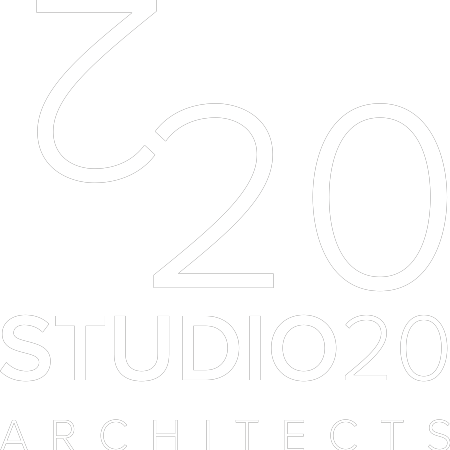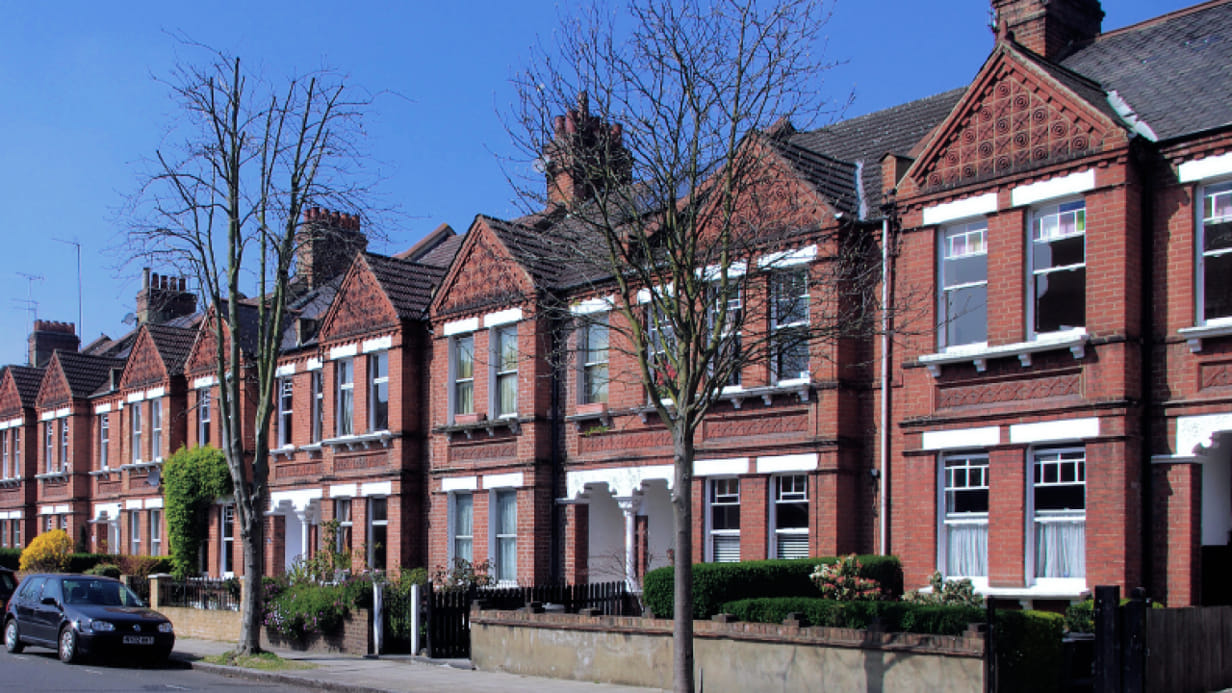Understanding Islington Tufnell Park Building Regulations: A Comprehensive Guide
Nestled within the vibrant borough of Islington London, Tufnell Park stands as a beacon of architectural diversity and urban development. However, behind the facades of its charming buildings lies a framework of stringent building regulations. These regulations play a pivotal role in maintaining the integrity, safety, and aesthetic appeal of this bustling community. In this comprehensive guide, we delve into the intricate world of Islington Tufnell Park Building Regulations, exploring their significance, scope, and impact on the architectural landscape.
1. Historical Context:
Before delving into the specifics of current regulations, it’s crucial to understand the historical context that shaped Tufnell Park’s architectural identity. Originally a rural area, Tufnell Park underwent rapid urbanization during the Victorian era, transforming into a densely populated residential neighborhood. This period saw the construction of its iconic Victorian and Edwardian terraced houses, characterized by their distinctive architectural features such as bay windows, decorative brickwork, and intricate iron railings.
2. Significance of Building Regulations:
Building regulations serve as a vital safeguard, ensuring that construction projects adhere to safety standards, environmental considerations, and aesthetic guidelines. In Tufnell Park, these regulations are particularly crucial due to the area’s rich architectural heritage and dense urban fabric. They aim to strike a balance between preserving the historic character of the neighborhood and accommodating modern development needs.
3. Scope of Regulations:
Islington Tufnell Park Building Regulations encompass a wide range of aspects related to construction and renovation projects. These may include:
- Structural Integrity: Ensuring that buildings are structurally sound and capable of withstanding various environmental pressures, including wind, rain, and seismic activity.
- Fire Safety: Implementing measures to prevent and mitigate the risk of fire, such as the installation of fire-resistant materials, smoke alarms, and escape routes.
- Accessibility: Ensuring that buildings are accessible to individuals with disabilities, including provisions for ramps, handrails, and accessible toilets.
- Energy Efficiency: Promoting sustainable building practices by incorporating energy-efficient design elements, such as insulation, double-glazed windows, and renewable energy systems.
- Conservation: Preserving the architectural heritage of Tufnell Park through the protection of historic buildings, facades, and streetscapes.
- Urban Design: Promoting high-quality urban design principles, including pedestrian-friendly streetscapes, green spaces, and active frontages.
4. Compliance Process:
Navigating the regulatory landscape can be a daunting task for property owners, developers, and architects. The compliance process typically involves several stages, including:
- Pre-Application Consultation: Engaging with local planning authorities to discuss proposed projects and assess their compliance with building regulations.
- Planning Permission: Obtaining formal approval from the relevant authorities for the proposed development, including detailed architectural plans, environmental impact assessments, and consultation with stakeholders.
- Building Control Approval: Securing approval for the technical aspects of construction, such as structural design, fire safety measures, and building materials.
- Inspections: Undertaking regular inspections throughout the construction process to ensure compliance with approved plans and regulations.
- Completion Certificate: Obtaining a completion certificate upon the successful completion of the project, indicating full compliance with building regulations.
5. Future Trends and Challenges:
As Tufnell Park continues to evolve, new trends and challenges are emerging in the realm of building regulations. These may include:
- Sustainable Development: Embracing innovative technologies and design strategies to reduce carbon emissions, minimize waste, and enhance the resilience of buildings to climate change.
- Digitalization: Harnessing the power of digital tools such as Building Information Modeling (BIM) to streamline the planning, design, and construction process, improving efficiency and collaboration.
- Heritage Conservation: Balancing the need for urban renewal with the preservation of Tufnell Park’s rich architectural heritage, ensuring that new development projects respect the character and integrity of the neighborhood.
- Community Engagement: Fostering meaningful engagement with local residents, businesses, and community groups throughout the planning and development process, promoting inclusivity and social cohesion.
In conclusion, Islington Tufnell Park Building Regulations play a crucial role in shaping the built environment of this dynamic neighborhood, ensuring that it remains a vibrant, safe, and sustainable place to live, work, and play. By adhering to these regulations, stakeholders can contribute to the preservation and enhancement of Tufnell Park’s unique architectural legacy for future generations to enjoy.



Comments are closed